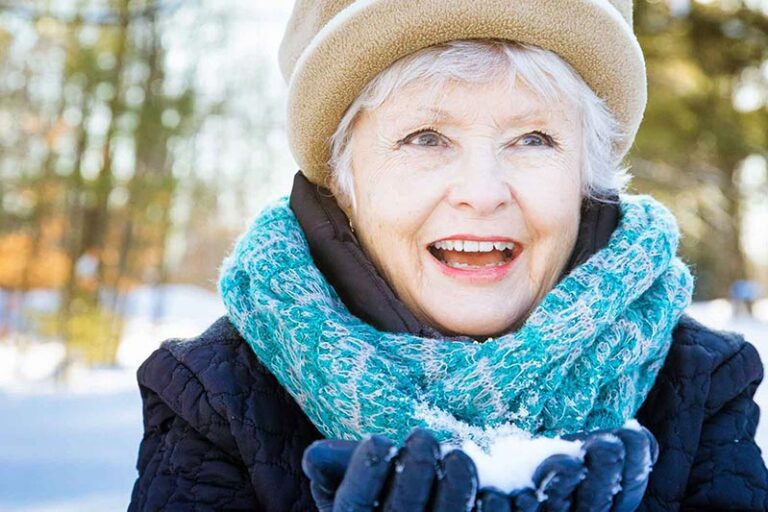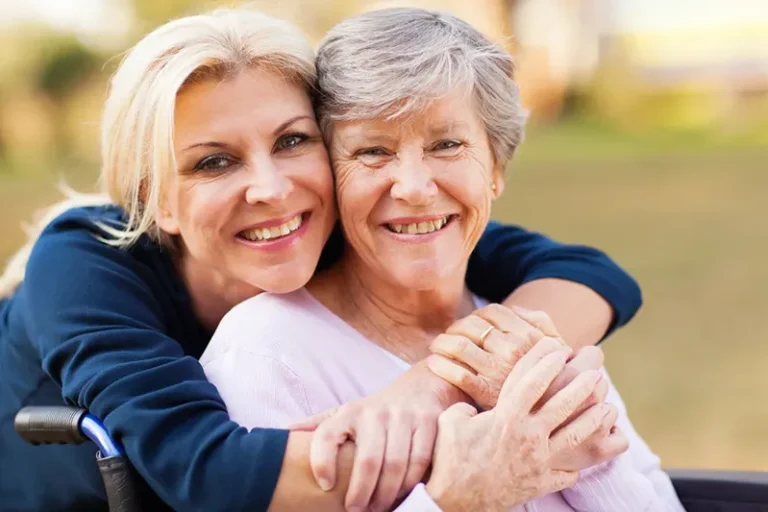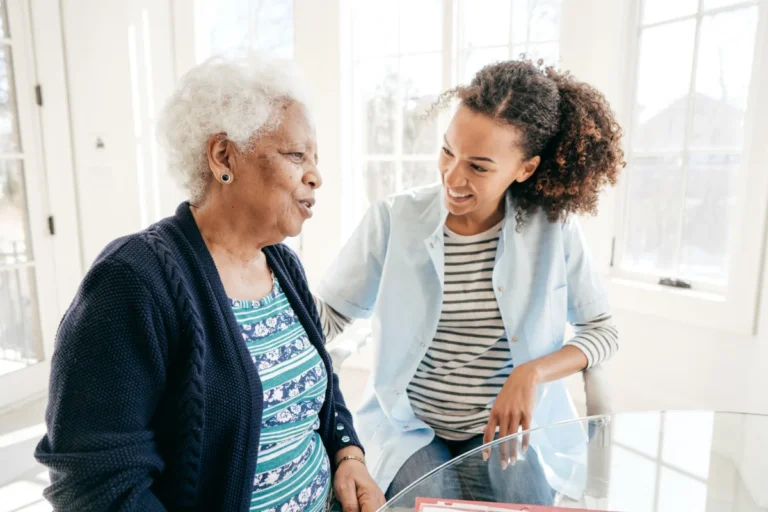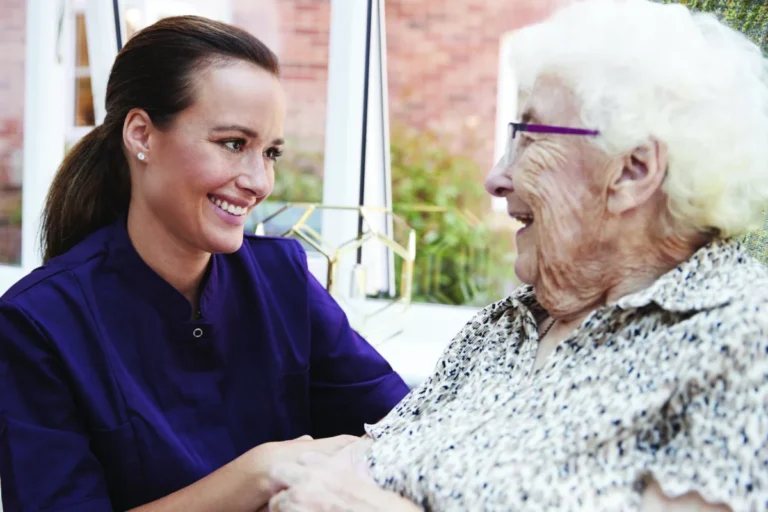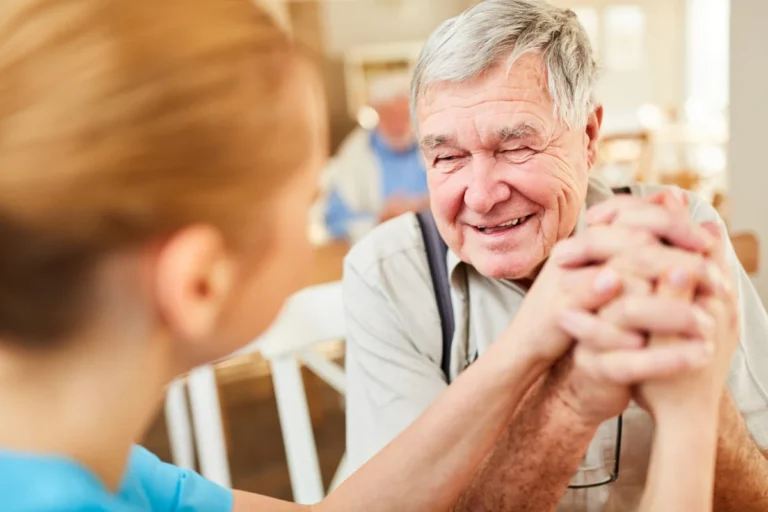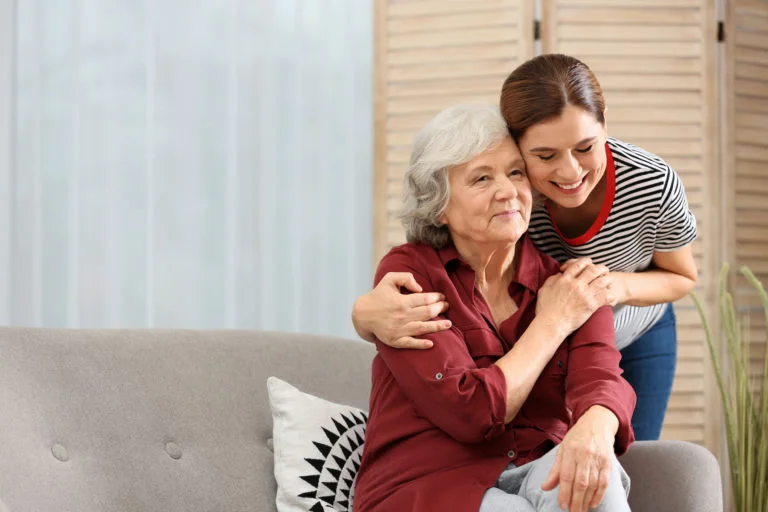IN THE KNOW
AND UP TO DATE
For topics of interest to seniors and their families, explore our blogs and new posts.
Latest on The blog
Looking Back on 2023 and Ahead to 2024 With Tutera Senior Living
As we bid farewell to the remarkable journey that was 2023, we look back at insights from the voices that defined our communities – those who call Tutera Senior Living home and those who tirelessly ensure the communities thrive. Join us as we dive into their perspectives on the highlights, challenges and heartwarming moments of the past year and consider…
Tutera Senior Living Provides On-Site Cardiac Services
February is observed as Heart Awareness Month by the American Heart Association because it aligns…
Navigating Winter Weather for Seniors
The winter months can present a variety of challenges for senior citizens, from winter weather…
3 Fun Holiday Activities for Seniors
During the hustle and bustle of the holiday season, you may find yourself with a house…
Is It Time to Transition Into Memory Care?
The journey of caring for a loved one as they age is an often challenging experience. Seniors with…
How Does Dementia Affect Communication?
Dementia is the progression of cognitive impairment of the brain, which results in memory loss and affects…
Dementia vs. Alzheimer’s: What’s the Difference?
Dementia is a complex and deeply impactful condition that affects the lives of millions of…
When Should Seniors Start Planning for Long-Term Care?
When navigating through health decisions with your senior loved ones, there comes a time when…
Senior Well-Being Checks Through the Holidays and Beyond
During the holiday season, those who live far from their senior family members may be…
The 3 Stages of Alzheimer’s Explained
According to the Alzheimer’s Association, 6.7 million Americans over the age of 65 are living with Alzheimer’s – a progressive neurological…
Understanding the Progressive Stages of Dementia
Senior living communities are known for their diverse lifestyle options, including independent living and assisted…
Tutera’s Thrive in the Courtyard Memory Care: New Experiences in Dementia Care
What is Thrive in the Courtyard Memory Care? Get an overview of how Tutera serves older…
The Best Vacations for Seniors With Limited Mobility
When you had a nine-to-five job, there was never any time to take vacations. But now that you’re…



